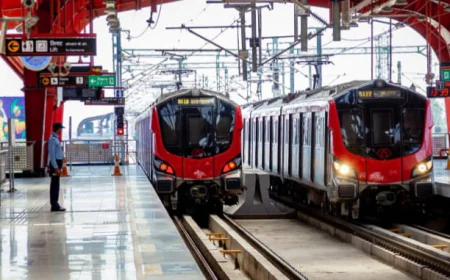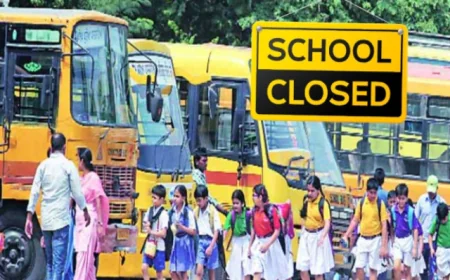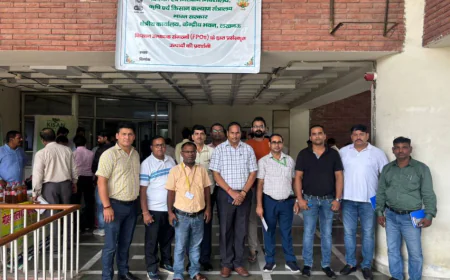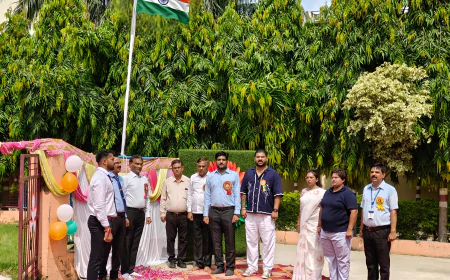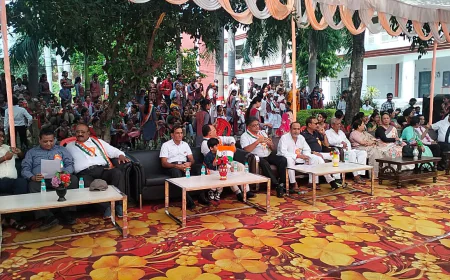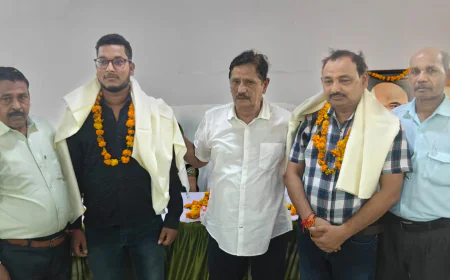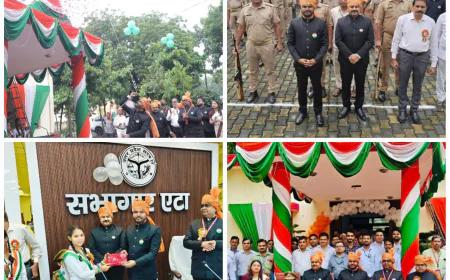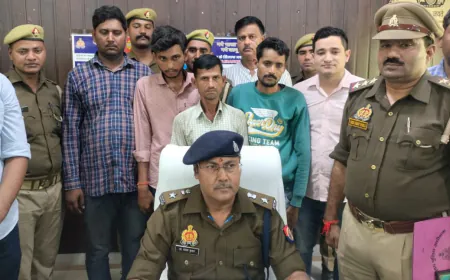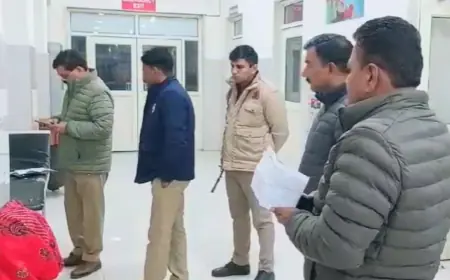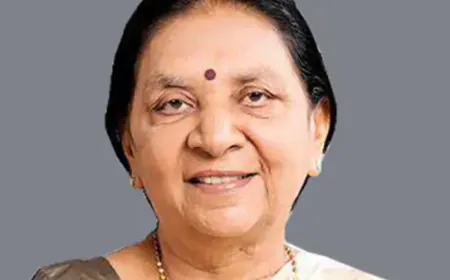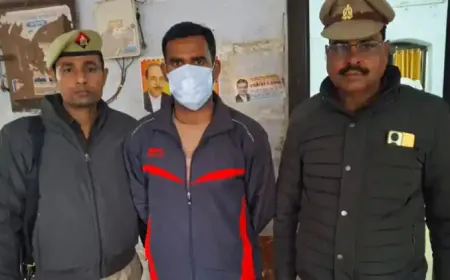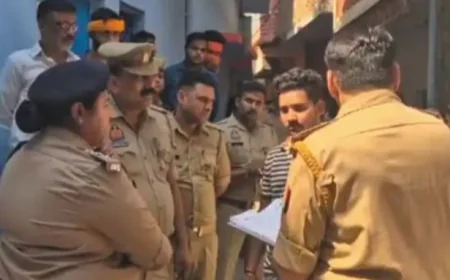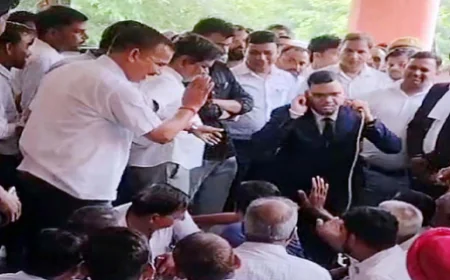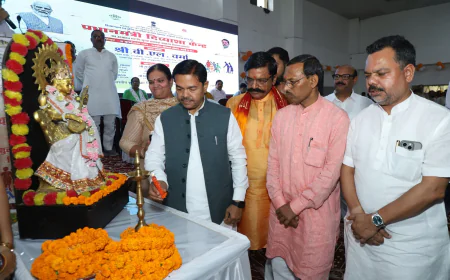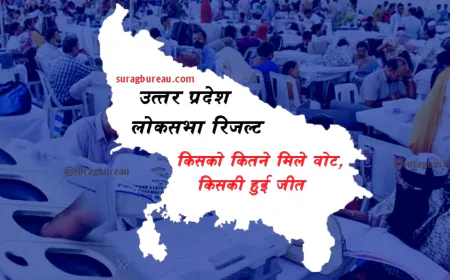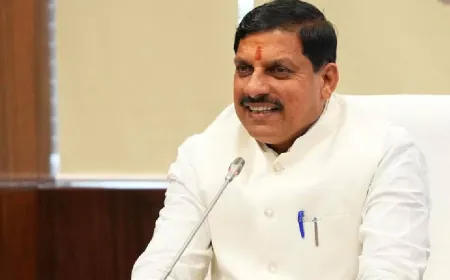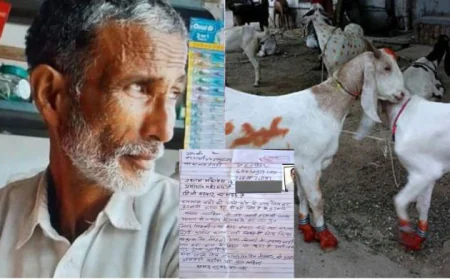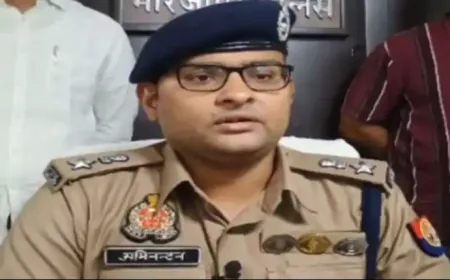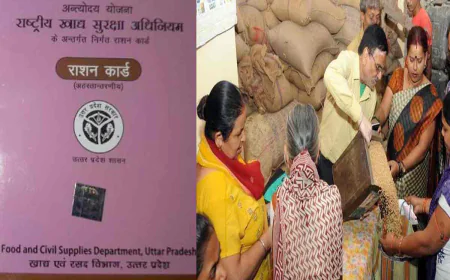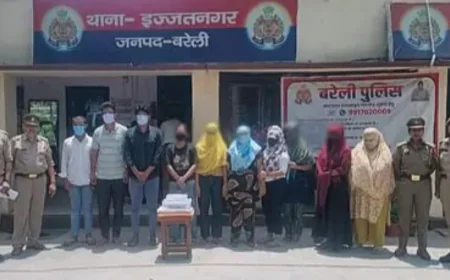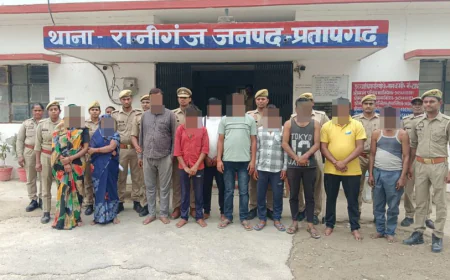Despite reforms, the Indian aviation sector is beset by problems.

Despite reforms, the Indian aviation sector is beset by problems.
Runway confusion is the foremost challenge in frequent aviation safety incidents. Pilots often face challenges distinguishing between taxiways and runways, leading to takeoffs or landings on the wrong surface. The Mopa incident (2024) and the Sulur Air Base incident (1993) highlight the recurring confusion of runways. Inadequate enforcement of flight and duty time regulations leads to crew fatigue, compromising decision-making and operational safety. In the Kozhikode accident, the pilot was fatigued, which put pressure on the captain to operate subsequent flights. The airline failed to provide pilot training on runway markings and approach protocols, leading to repeated errors.
■ Priyanka Saurabh India’s aviation sector, the third largest globally, plays a vital role in economic growth and connectivity. Despite a robust regulatory framework under the Directorate General of Civil Aviation, repeated incidents like the Air India Express crash in Kozhikode (2020) highlight systemic challenges in aviation safety. It is important to address these issues to align with international standards and ensure passenger confidence. The worrying situation is that, be it private companies like IndiGo, SpiceJet, and GoAir, or government companies like Air India, almost all airlines are continuously struggling on the financial front. The situation has worsened due to the grounding of Boeing 737 Max aircraft. Airfares in the Indian aviation market are increasing rapidly. Due to this, middle-class passengers who used to travel in economy class are now preferring to travel by train. India's aviation market is one of the fastest-growing markets globally, with increasing air passenger numbers and expanding airport infrastructure.
The construction of modern airports such as Terminal 3 in Delhi and Kempegowda International Airport in Bengaluru reflects the development of robust infrastructure. The Directorate General of Civil Aviation ensures safety compliance and certification for operators and aircraft. The Directorate General of Civil Aviation's annual safety audit report assesses the operational standards of airlines and airports. India is a signatory to the International Civil Aviation Organization Annex 13, which ensures accident investigation and compliance with global safety protocols. Following the Kozhikode accident (2020), the Directorate General of Civil Aviation conducted an International Civil Aviation Organization-compliant safety audit and issued corrective guidelines. Leading Indian carriers have expanded their fleets by adopting modern aircraft with advanced safety features to enhance safety and efficiency.
IndiGo Airlines operates the Airbus A320neo, which is known for its fuel efficiency and safety upgrades. The National Civil Aviation Policy 2016 focuses on promoting public-private partnerships in development, regional connectivity, and aviation infrastructure. The UDAN scheme has made regional air travel accessible through subsidies and incentives. Runway confusion is the foremost challenge in frequent aviation safety incidents. Pilots often face challenges distinguishing between taxiways and runways, leading to takeoffs or landings on the wrong surface. The Mopa incident (2024) and the Sulur Air Base incident (1993) highlight the recurring confusion of runways. Inadequate enforcement of flight and duty time regulations leads to crew fatigue, compromising decision-making and operational safety.
The pilot in the Kozhikode accident was fatigued, which put pressure on the captain to operate subsequent flights. The airline failed to provide pilot training on runway markings and approach protocols, leading to repeated errors. A SpiceJet aircraft (2020) suffered a hard landing due to incorrect knowledge of runway approach techniques. Audits by the Directorate General of Civil Aviation often fail to identify or address significant safety deficiencies in airport infrastructure and operations. Overruns at airports like Mumbai (2019) and Hubli (2015) resulted from inadequate safety measures. Excessive emphasis on on-time performance forces pilots to make risky decisions while ignoring safety protocols. The Mangaluru crash (2010) was caused by a loss of pressure, in which the pilot ignored warnings from the surroundings. Comprehensive improvements to align with international standards Increasing pilot training, airlines should improve simulator-based training for scenarios such as runway entanglement and fixed approach. Singapore Airlines has revised pilot training after the Taiwan accident (2000) to prevent such incidents from happening again. Implement global standards for crew duty limits and enforce compliance without compromise.
The US Federal Aviation Administration mandates stricter rest periods for flight crews, reducing errors due to fatigue. Establish an independent body for accident investigation to ensure transparency and learning. The US National Transportation Safety Board ensures the impartial investigation of aviation incidents. Upgrade airport infrastructure, including runway markings, navigation aids, and lighting systems, to meet International Civil Aviation Organization standards. Modern airports in Singapore and Dubai prioritize safety with advanced systems such as the Engineered Material Arresting System. Promote a culture of fairness by shifting from blaming pilots to encouraging error reporting without fear of reprisal. The International Civil Aviation Organization's Global Aviation Safety Plan emphasizes safety culture as a key priority. To ensure that aviation safety is at par with global standards, India should adopt a multi-pronged approach, enhancing regulatory oversight, investing in advanced technology and prioritizing skill development, strengthening the incident reporting mechanism, and building a safety-first culture.
The ecosystem and collaboration with international organizations will future-proof the sector, ensure passenger confidence, and ensure India’s leadership in global aviation safety standards. To strengthen the aviation sector, the government needs to make fundamental changes in aviation policy. Nothing can be achieved without long-term structural reforms in the aviation sector. For this, it is essential that the government, the Ministry of Civil Aviation, banks, and the Directorate General of Civil Aviation should take such steps so that aviation companies can come out of the cycle of losses. --

